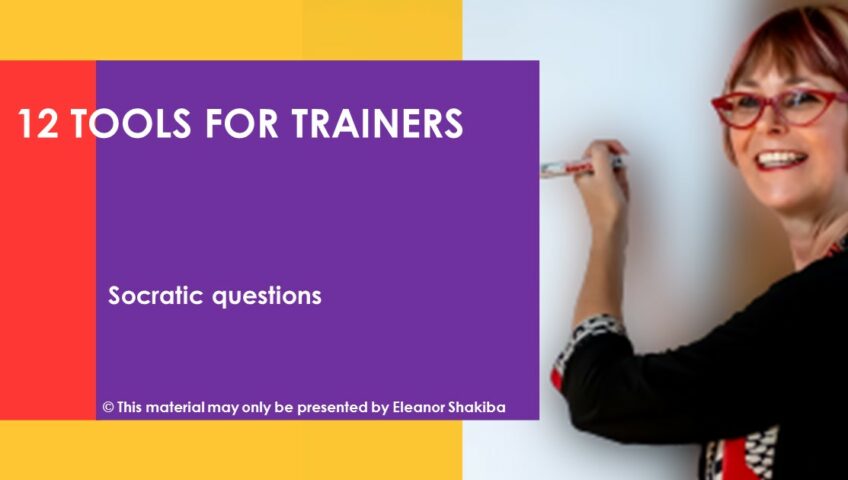Storytelling is in my DNA. For my 10th birthday, my father gave me an electric typewriter. I’d been nagging him for this for months. I remember the thrill of sitting at the keyboard, producing my first professionally typed story. That typewriter turned out hundreds of pages of creative content over the years. At 16, I received my first paycheck: for publication of a play I submitted to the Department of Education for their school magazine. That experience confirmed that I wanted to be a writer.
These days, my storytelling flair is expressed in every training session I present. As an introvert, I don’t leave my stories to chance. They’re usually crafted well ahead of a session. This ensures that I not only get the plot right, but that the story fits the purpose of the training situation.
You see, here’s what I’ve learned about storytelling in learning situations. Trainers should never use stories simply for their entertainment value. Instead, they should master the craft of creating teaching metaphors. These are stories which subtly embed key learning principles so that participants will remember them.
There are 1001 ways to use stories in your sessions (thanks Scheherazade!). To get you started, here are a couple of suggestions.
- Use personal anecdotes to subtly reinforce your authority in a subject. Sprinkle your war stories and learning experiences throughout a session. This has the added advantage of making you a more authentic trainer, as well as keeping your audience engaged.
- Improvise by taking an example from the group and constructing a similar story, in which the key character overcomes a problem. This is a great way to show resistant learners that they can change their perspective on the situation.
- Study the NLP Milton model. This is a set of language patterns for creating hypnotic impact. Using it in storytelling helps your audience to suspend disbelief and take your message onboard.
Once you’ve mastered the structure of a good story, of course, your next stage of development will be learning how to deliver your tales effectively. Watch out for my sessions on storytelling for trainers, which I deliver regularly throughout the year.
About the author: Eleanor Shakiba
Eleanor is a specialist in positive psychology training. Her core strength is creativity, which she expresses in the training room through storytelling and visual design. She has dedicated her career to helping experienced professionals break through glass ceilings by developing their confidence, communication skills and leadership mastery. Eleanor is qualified in a range of fields including Social Anthropology, Positive Psychology, Counselling, Coaching, Adult Education and Neuro Linguistic Programming. She is also the author of the Positive Psychology Toolkit for HR and L&D Practitioners . This is a free resource for trainers and facilitators.
